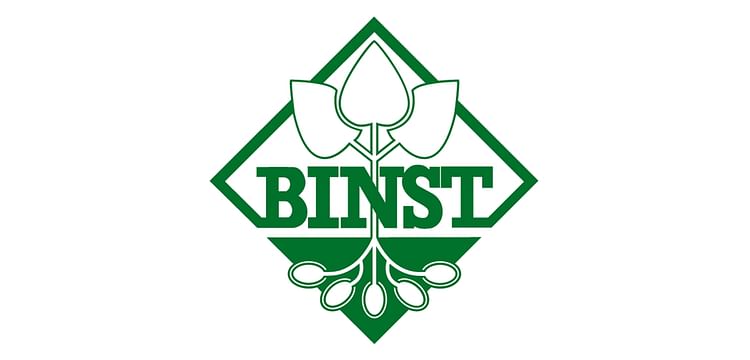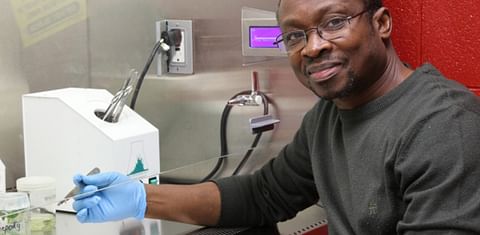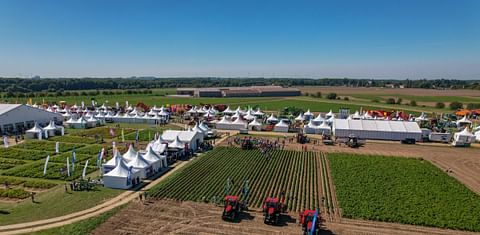Tigran Richter, Norika/Binst, Sanitz (D): 'For every interesting potato variety that performs better than what we already have, there's a chance in the market.'
Norika/Binst: 'For every interesting potato variety that performs better than what we already have, there's a chance in the market.'
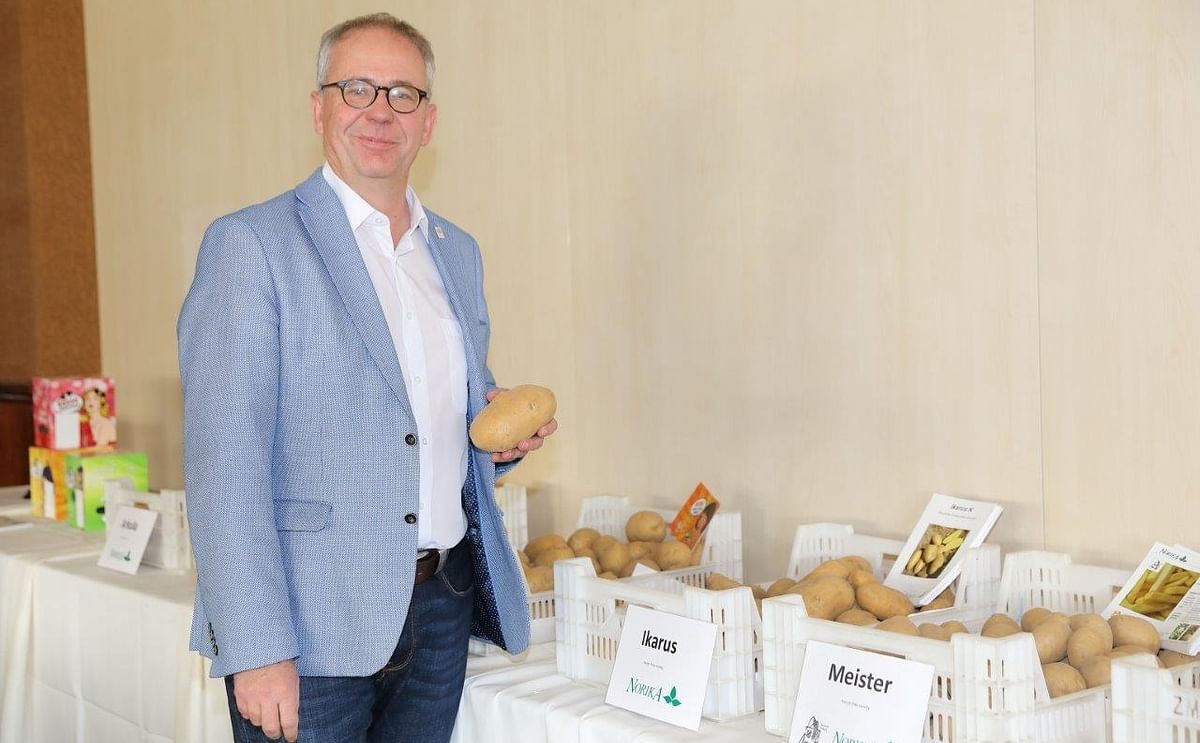
Every year in the first full week of November, the European potato breeding and seed trading companies operating in the Netherlands present their new varieties and latest breeding results to their global customer base.
Many of these new varieties are intended to be used some day for the production of French Fries. All participants at what we here at PotatoPro call the 'Potato Variety Presentations in the Netherlands' (of doodgewoon rassenpresentaties in het Nederlands) have one or more contenders in this segment.
This raises the question:
“Is there room for all those new French-fry varieties?”That is the question Aardappelwereld (World Potato Magazine) asked the participating companies last year. And thanks to our brand new partnership agreement with them, we can report you the answers they got in this series of articles!
Norika/Binst, Sanitz (D)
Tigran Richter, Norika/Binst, Sanitz (D):
“Before I answer your question, I need to explain a little about the history of Norika. Twenty-five years ago, we still operated as a breeding company in the former East Germany (GDR).”
“At that time, there was no question of French-fry production or consumption. So it wasn't until 1990, after the fall of the Wall, that Norika started with a breeding programme for French fries.”
“Why? Because, after privatisation, a total of seven processors, French-fry manufacturers including a big name like Stöver, became the owners of the breeding station.”
“And we've been attending these Variety Presentation Days for several years jointly with Binst, as they have 98% of our varieties in their package. So much for the history, now the answer to your question.”
“You know how long it takes before you have the right genetics available in potato breeding. That alone takes twelve years. Only then can you seriously start crossing and that easily takes another ten years.”
“With a bit of luck, you'll have one or more promising French-fry varieties in your package in 25 years. And we were lucky. We now have two French-fry varieties that we think can compete with existing varieties, the Ikarus and the Linus.”
(Click to enlarge)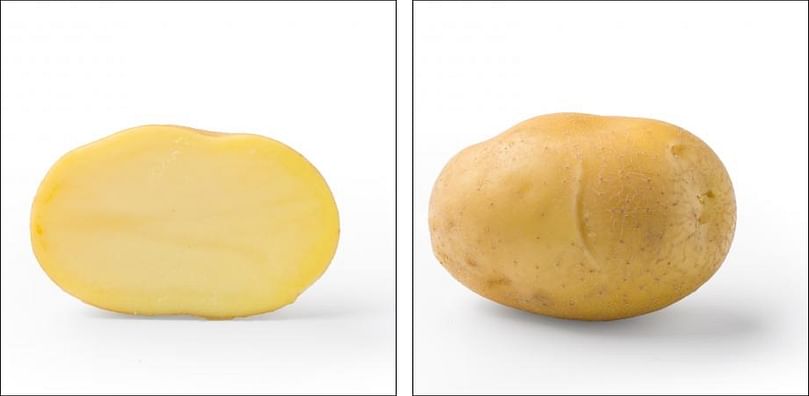
Tigran Richter:
Norika's Ikarus is an early variety with strong resistance to Ro1 nematode and pathotype 1 wart disease.
“The Ikarus is an early variety with strong resistance to Ro1 nematode and pathotype 1 wart disease. Furthermore, the variety is fairly virus resistant and that's a characteristic that will be particularly in the spotlight this season, given the many problems in that area.”
“The latter characteristic also applies to the Linus, which is also fairly resistant to the Rhizoctonia and Phytophthora bacterial diseases. I just want to illustrate with this that, for every interesting variety that performs better than what we already have, there is an opportunity in the market, and this is an answer to your question.”
“Another promising factor for new French-fry varieties is that processors don't want to gamble on processing one variety or having one supplier.”
“The first important thing is to ensure that there's an alternative if things go wrong with the crop or with the processing of an existing variety and the second is a financial argument, the negotiating price.”
Potato Variety Presentation Norika/Binst, Sanitz (D)
Norika/Binst, Sanitz (D) holds its presentations on November 7 and 8 at:Hotel Van der Valk
Emmeloordzaal
Hooiveld 9
8302 AE EMMELOORD
The Netherlands
Like to receive news like this by email? Join and Subscribe!
NEW! Join Our BlueSky Channel for regular updates!
Highlighted Company
Sponsored Content
Sponsored Content
Sponsored Content
Related Events
Sponsored Content
Sponsored Content

